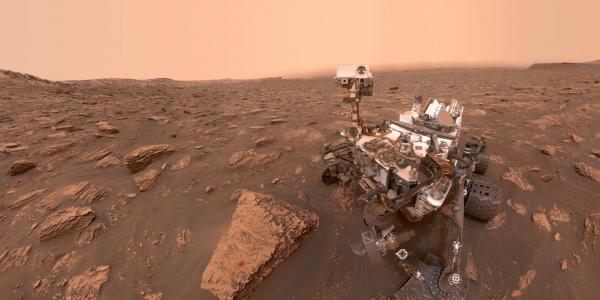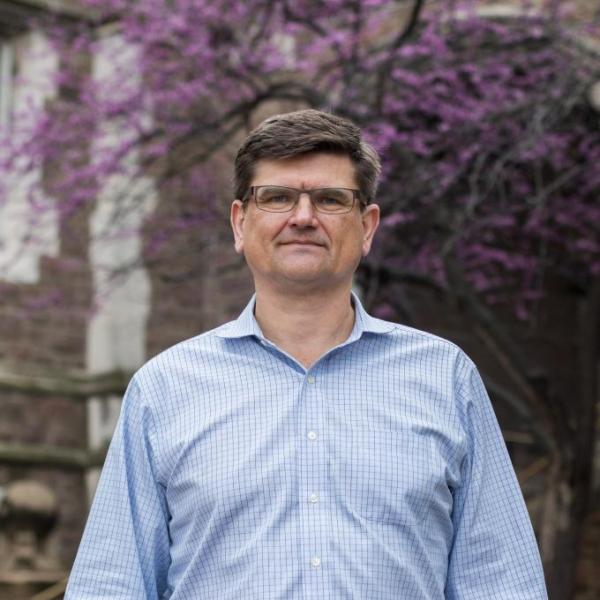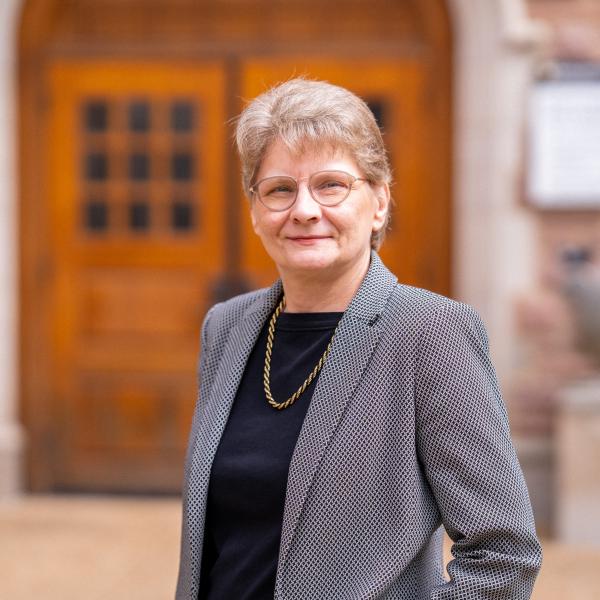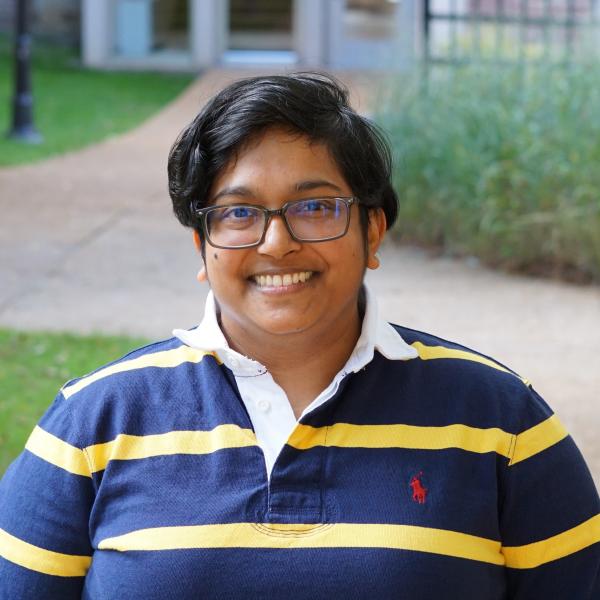In a public lecture on Sept. 7, Raymond E. Arvidson, the James S. McDonnell Distinguished University Professor Emeritus, will share highlights and reflections – and rover driving lessons – gleaned from a half century of investigating the red planet.
Starting with Mariner in the 1960s, NASA has undertaken nearly two dozen spacecraft missions to Mars, including flybys, orbiters, and rovers. Raymond E. Arvidson, the James S. McDonnell Distinguished University Professor Emeritus, has been part of almost every mission to Mars since he began his scientific career in the mid-1970s.

“It was incredibly exciting to be part of robotic exploration of the solar system, from the very beginning up to the very sophisticated rover missions to Mars,” Arvidson said, “and I look forward to sharing the excitement of exploration and discovery from these missions with interested members of the public, as well as future researchers.”
In a public lecture, “My 50 Years Exploring Mars: From the Viking Landers to the Perseverance Rover,” at 7 p.m. Wednesday, Sept. 7, in Emerson Auditorium in Knight Hall on the Danforth Campus, Arvidson will share will share highlights, reflections, and lessons gleaned from a half century of investigating the red planet. He’ll provide a behind-the-scenes look at robotic missions, a crash course on driving cars on Mars, and an overview of what we’ve learned of Mars’ changing climate — including implications for Martian life as well as life on Earth. The event is free and open to the public, with in-person and livestreaming options.
“Since the Viking missions landed in 1976, Ray’s involvement in Mars exploration has been nothing less than spectacular,” said Bradley L. Jolliff, director of the McDonnell Center for the Space Sciences and the Scott Rudolph Professor of Earth and Planetary Sciences in Arts & Sciences. “Ray has been a leader in investigating the surface of the red planet, first using orbital images and later with rovers, employing all the tools of a field geologist via robotic explorers. Using his expertise in remote sensing, field geology, process geomorphology, and terrain navigation to search for evidence of past water, Ray’s work has been instrumental in our current understanding of the surface of Mars and its once warm and wet – and potentially habitable – environment.”
In addition to offering an inside look at solar system exploration and the major research contributions Arvidson has made in the last half century, the event also celebrates Arvidson’s career as a scientist and educator.
“Ray has trained students who have gone on to become leaders in Mars and planetary exploration,” Jolliff said. “Whether he’s guiding students through myriad environments in Hawaii and the Mojave Desert, or leading an international team of scientists and engineers roving Mars, he is truly one of a kind.”
Arvidson’s public lecture kicks off this fall's Power of Arts & Sciences event series. It is also the first in a series of Arts & Sciences events related to major scientific advancements of the past 100 years, including the Department of Earth and Planetary Sciences’ inaugural open house and colloquium on the Mars Curiosity rover on Sept. 8, the Department of Physics’ Compton Centennial Lecture with Nobel laureate Frank Wilczek on Sept. 14, and the McDonnell Center for the Space Sciences’ Robert M. Walker Distinguished Lecture with Dante Lauretta, principal investigator of NASA’s OSIRIS-REx mission, on Oct. 20.




